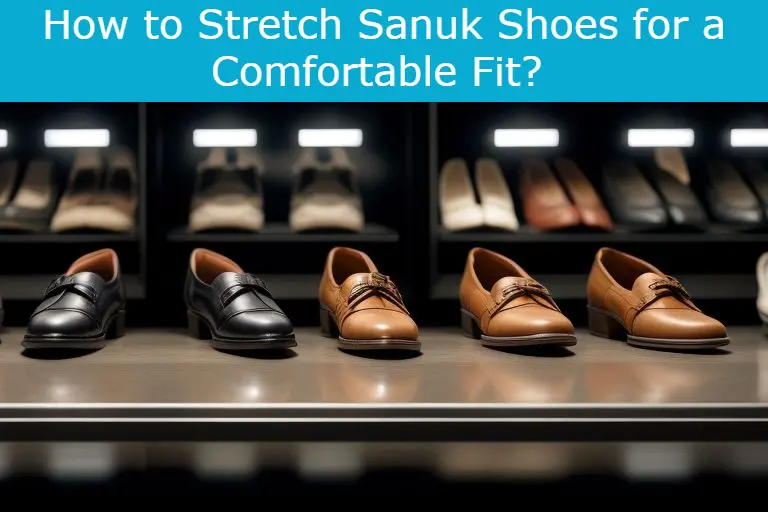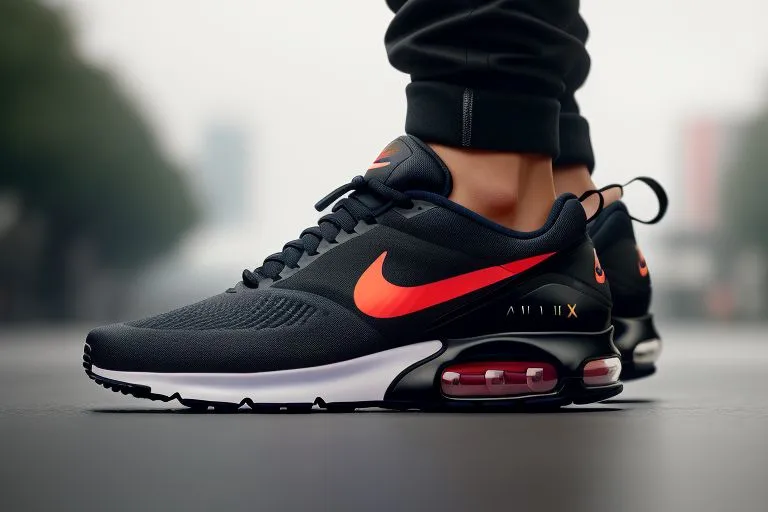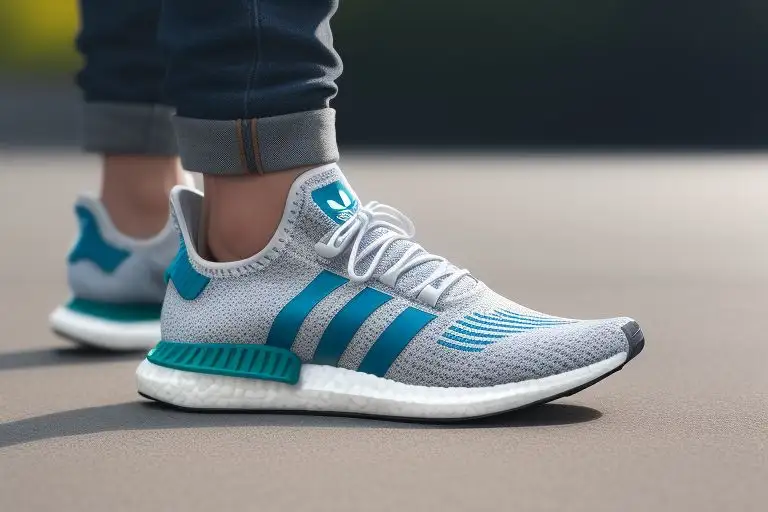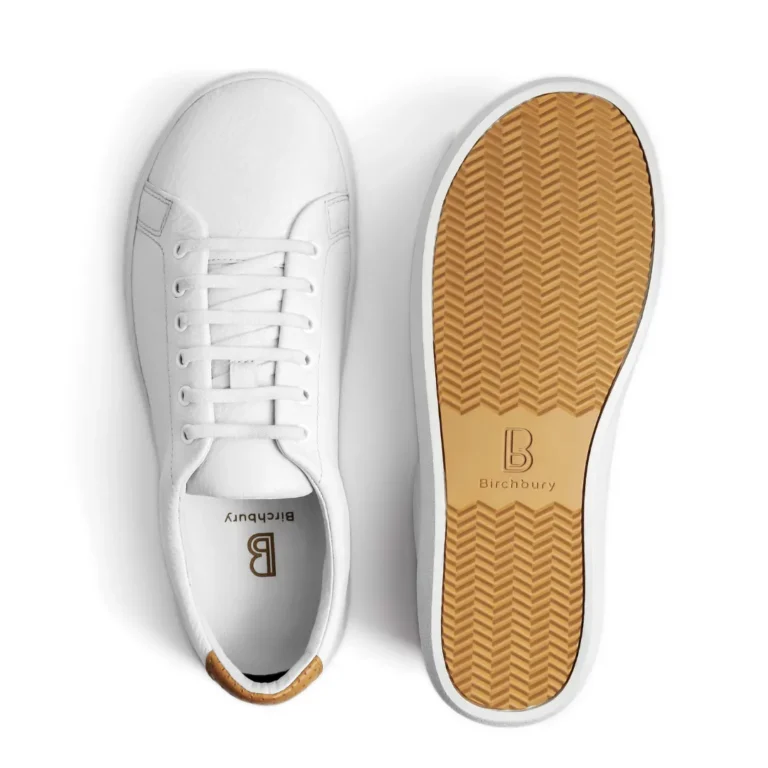Can Leather Birkenstocks Get Wet? Waterproof or Not
Can Leather Birkenstocks Get Wet? – Birkenstocks, the iconic footwear with a dedicated fan base, are praised for their comfort, style, and durability blend.
But if you’re the proud owner of a pair of leather Birkenstocks, you might ask, “Can they get wet?”
Let’s delve into this topic and uncover the facts about leather Birkenstocks and water.
Table of Contents
Can Leather Birkenstocks Get Wet?
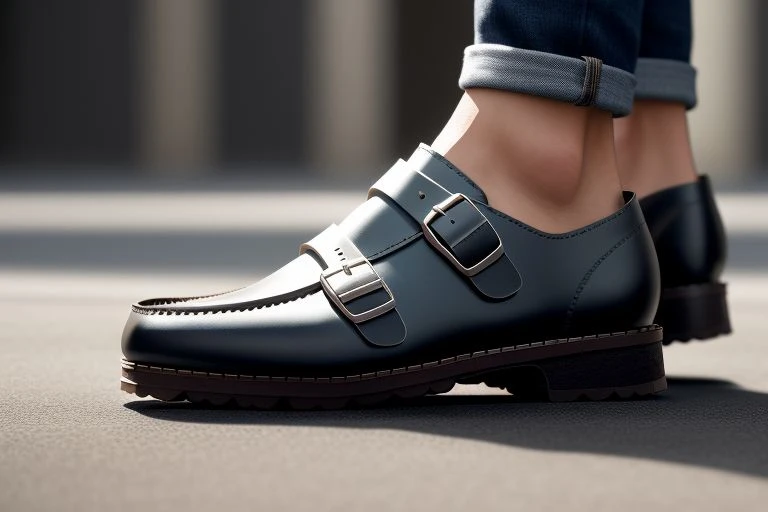
To get straight to the point, your leather Birkenstocks can indeed get wet. However, this doesn’t imply that they should be exposed to water regularly. Prolonged or frequent water contact can lead to detrimental effects on both the aesthetics and lifespan of your beloved sandals.
An unexpected downpour won’t necessarily spell the end for your footwear, but constantly subjecting them to moist conditions or intentionally soaking them isn’t recommended.
The principle here is that leather Birkenstocks, while capable of withstanding a bit of water, are not meant to be used as water shoes. The impacts of water on the materials, particularly the leather and cork elements, can lead to reduced comfort, structural integrity, and durability of your sandals over time.
Understanding the Composition of Leather Birkenstocks
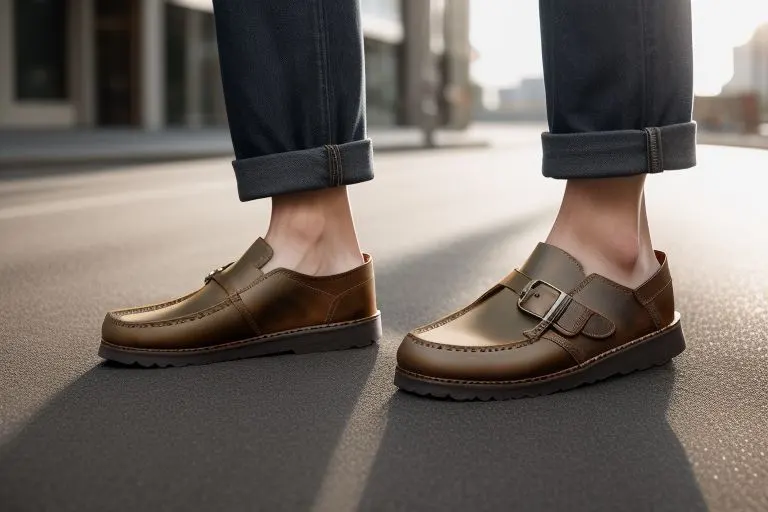
Birkenstocks constructed from leather employ two main elements to achieve their renowned durability and comfort: high-grade, natural leather and a footbed composed of cork and latex. The natural leather used in Birkenstocks is not only for its longevity but also its breathability.
This premium material contributes significantly to the iconic aesthetic of the sandals and helps to ensure a comfortable fit. On the other hand, the footbed plays a significant role in the flexibility and cushioning of the shoe.
Composed of a blend of cork and latex, this footbed is designed to conform to the shape of your foot over time, enhancing comfort and ensuring a customized fit. Together, these materials form the basis of a shoe that’s not only stylish but also practical and comfortable.
However, understanding these components also reveals why exposure to water can be problematic for leather Birkenstocks. Therefore, proper care and maintenance are critical to the longevity and performance of these classic sandals.
How Water Affects Leather Material
Water interaction with leather material is a critical issue to consider, especially for leather Birkenstocks owners. When exposed to water, the leather undergoes a series of changes that can negatively impact its structure and appearance.
The absorbed water tends to cause the leather to dry out, resulting in a hardened texture. This hardening often leads to the formation of unsightly cracks, which not only mars the aesthetics of the leather but can also compromise its durability.
Additionally, water exposure can strip the leather of its essential oils. These natural oils are key to maintaining the suppleness and pliability of the leather, and their loss can make the material brittle and more susceptible to damage.
Another problem with water-soaked leather is deformation. The wet leather can stretch, altering its original shape and consequently ruining the overall fit and aesthetics of your Birkenstocks.
Therefore, despite leather’s ability to withstand occasional water contact, consistent exposure can lead to significant degradation of your sandals’ appearance, comfort, and lifespan.
The Impact of Moisture on Cork and Latex Footbeds
The cork and latex blended footbeds are not immune to the potential negative effects of water exposure. Although latex can tolerate water relatively well, the cork component of the footbed has a more challenging relationship with moisture.
Cork’s nature is not naturally water-resistant, which means that it can absorb water if exposed repeatedly. This water absorption can cause the cork to deteriorate and crumble over time.
This degradation is not just a cosmetic concern; it also directly affects the structural integrity of your Birkenstocks and can diminish the comfort level that the footbed provides.
As the cork disintegrates, the shoe loses its ability to conform to the shape of your foot, reducing its overall functionality and comfort.
So, while a sudden shower might not lead to immediate cork damage, it’s critical to minimize your Birkenstocks’ contact with water whenever possible to maintain the longevity of the footbed and, in turn, your beloved sandals.
Tips to Protect Your Leather Birkenstocks from Water Damage
Preserving your leather Birkenstocks from the damaging effects of water can be achieved through a few practical steps. As a rule of thumb, avoid sporting your sandals in rainy or wet surroundings.
However, if they inadvertently become drenched, pat them down gently using a dry, absorbent cloth and let them dry naturally in a well-ventilated area.
Avoid drying them in direct sunlight or close to heating appliances as this can cause additional harm to the leather. Regular maintenance of your Birkenstocks is also important.
Make use of a good quality leather conditioner regularly to keep the leather flexible and moisturized. This routine not only prevents the leather from drying out and cracking but also helps to restore its natural oils. An additional layer of defense can be added by using a water-repelling spray.
This forms a barrier on the surface of the leather, making it more resistant to water absorption. Following these tips can help enhance the durability and lifespan of your leather Birkenstocks, ensuring they remain in top condition for years to come.
Considering Other Birkenstock Materials
If your lifestyle or environment often involves wet conditions, exploring other Birkenstock options crafted from different materials might be worthwhile. The brand offers varieties made from Birko-Flor and EVA, providing unique advantages over leather regarding water resistance.
Birko-Flor is a synthetic material that stands out for its durability and ease of cleaning. This material tends to fare better in wet conditions and is easier to maintain, making it a practical choice for those anticipating regular water exposure.
On the other hand, EVA (ethylene-vinyl acetate) is an attractive alternative due to its inherent waterproof properties. This lightweight and flexible material repels water and offers excellent cushioning and shock absorption.
EVA Birkenstocks are a great option for those seeking a waterproof solution without compromising on comfort. Switching to these materials may provide an added level of protection against water, thus potentially extending the life of your Birkenstocks. Regardless of the material you choose, be assured that the brand’s commitment to quality, comfort, and style remains consistent.
Conclusion: Care is Key for Your Birkenstocks
In summary, your leather Birkenstocks can endure occasional exposure to water. However, routine contact with moisture can adversely affect their aesthetics and functionality.
Regardless of your choice in material, keeping your Birkenstocks away from frequent water exposure and employing preventative measures such as regular maintenance can extend their longevity and keep them in pristine condition.
With appropriate attention, your beloved sandals will continue to serve their purpose of providing optimal comfort and style.
Therefore, thoughtful and consistent care is the key to enjoying your Birkenstocks for many years. After all, preserving the appeal and performance of these iconic sandals is a small price to pay for the comfort, style, and longevity they offer.


